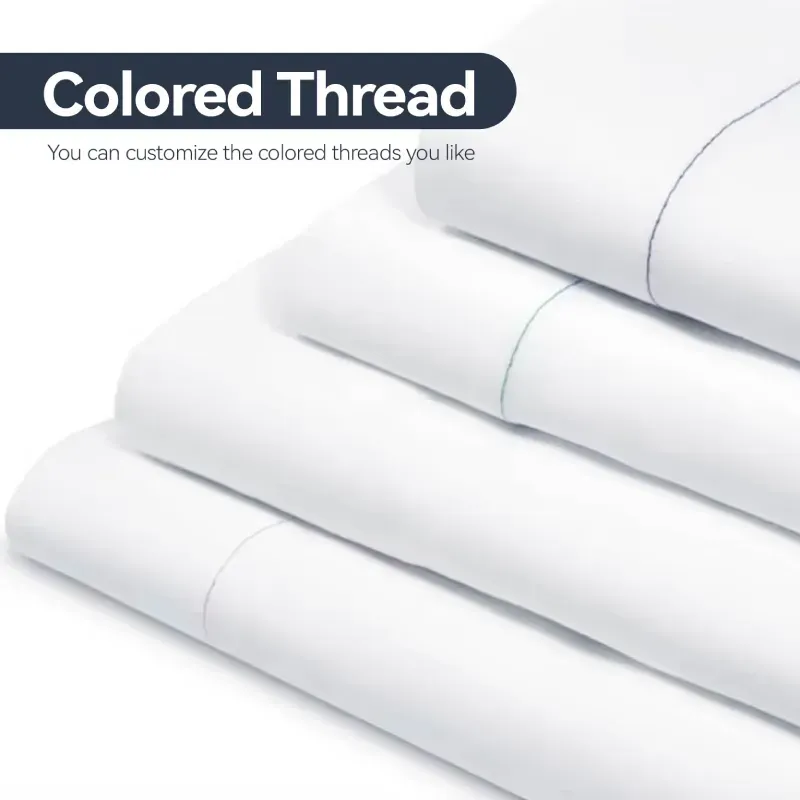how to choose thread count
How to Choose Thread Count A Comprehensive Guide
When it comes to selecting the perfect bed sheets, one of the most frequently cited features is thread count. This term, however, can be misleading if not understood in context. Thread count is defined as the number of horizontal and vertical threads in one square inch of fabric. In general, a higher thread count is associated with a softer, more luxurious feel, but there are many factors to consider before making a purchase.
Understanding Thread Count
Thread count can range widely, typically from around 200 to over 1,500. Many consumers believe that higher equals better, but this isn’t always the case. While a higher thread count can indicate a denser weave, which often leads to a smoother surface, excessive thread counts may be achieved by using thinner threads to artificially inflate the number. This can result in sheets that feel less substantial or wear out more quickly.
The Ideal Thread Count Range
For most consumers, the optimal range for thread count is typically between 300 to 500. Sheets within this range often strike a balance between comfort, durability, and breathability. Sheets with a thread count of 300 offer softness without being overly dense. In contrast, those with a count closer to 500 are likely to feel luxurious while still providing good airflow.
Sheets above 500 thread count may be made with additional finishing processes that can compromise the fabric quality. For example, manufacturers might use a technique called “plying,” which involves twisting two or more threads together to create a single thread in an attempt to boost thread count. While this can increase the number, it doesn’t always improve the quality or comfort of the sheets.
Material Matters
how to choose thread count

While thread count is certainly a key element, the material used to create the sheets is equally important. Cotton remains the most popular choice, with Egyptian and Pima cotton being regarded as the top-quality varieties due to their long fibers, which yield a superior feel and durability. On the other hand, polyester blends may offer lower thread count sheets that feel comfortable but can lack breathability and may not be as soft as pure cotton options.
Linen and silk are other popular materials, each providing a unique feel and breathability. Linen tends to be heavier and more textured, making it perfect for hot climates, while silk offers a smooth and luxurious feel but can be more delicate and require special care.
How to Test Quality
When evaluating sheets, simply relying on thread count can be misleading. It’s wise to consider the overall construction and feel. If possible, touch the sheets before purchasing. A quality sheet should feel smooth against the skin, yet durable enough to withstand regular use and washing.
You can also read reviews or listen to recommendations from trusted sources. Sometimes the best insights come from others who have already experienced the product. This can provide valuable information about how the sheets hold up over time and how they feel after several washes.
Conclusion
Choosing the right thread count for your sheets is essential, but it should not be the only factor you consider. Always look at the material, construction, and personal preferences for comfort. When you take these aspects into account along with thread count, you can make a more informed decision and invest in bed sheets that will enhance your sleep quality for years to come. Ultimately, it's about finding the perfect fit between quality and comfort that suits your individual needs. Happy shopping!
-
Elevating Comfort and Quality with the Right Bed LinenNewsJul.07, 2025
-
Bedding Essentials: From Percale Sheets to White Quilts, Finding Your Perfect Sleep HavenNewsJul.07, 2025
-
Choosing the Right Bedding for a Comfortable and Stylish BedroomNewsJul.07, 2025
-
Understanding the Diverse World of Towel TypesNewsMay.29, 2025
-
The Ultimate Comfort: Discover the Benefits of Polycotton SheetsNewsMay.29, 2025
-
Experience Luxury with 1800 Brushed Microfiber SheetsNewsMay.29, 2025
-
Elevate Your Sleep with Luxurious Hotel Sheets for SaleNewsMay.29, 2025






